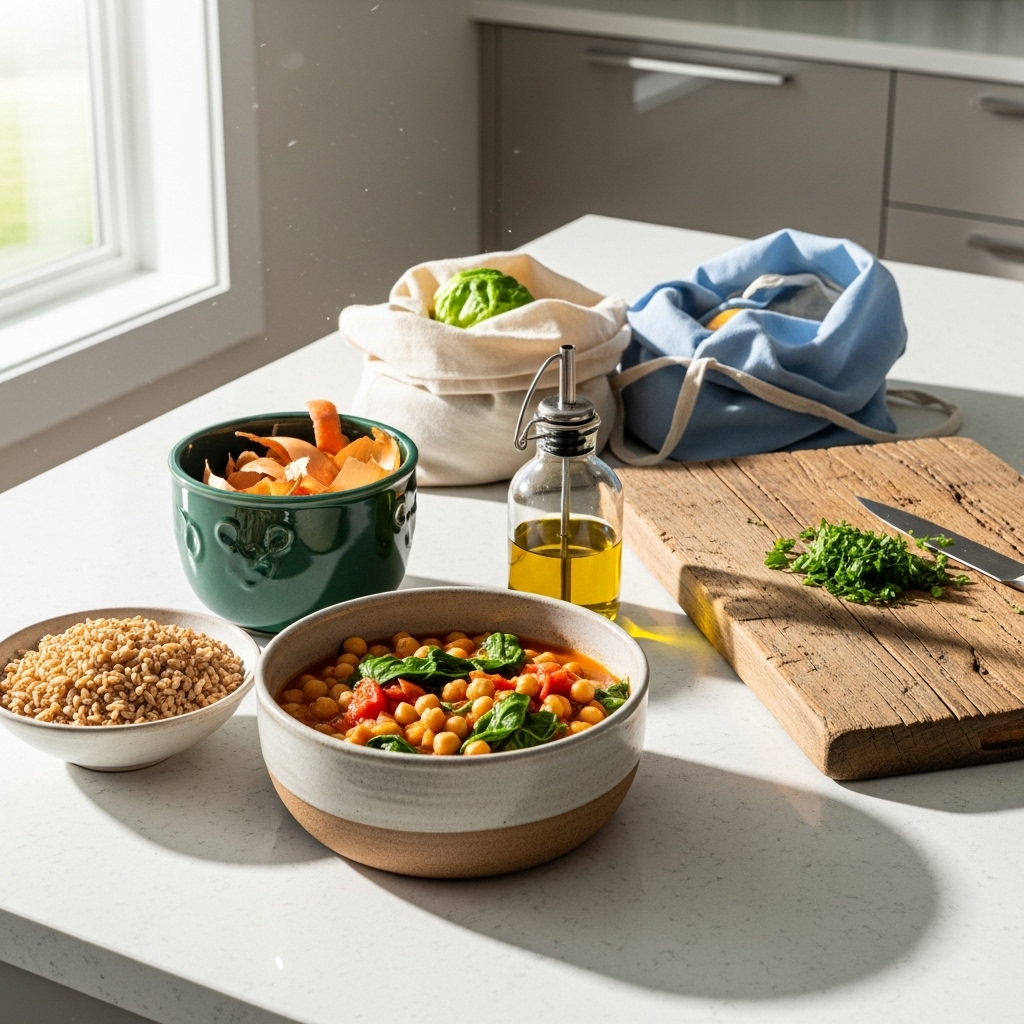A crispy pizza crust is the ultimate foundation for any great pizza. It provides that satisfying crunch and perfectly complements the flavors of the toppings. While achieving that ideal crispiness can seem challenging, the right techniques and ingredients make it completely doable. Here’s your step-by-step guide to mastering the crispy pizza crust everyone craves.
1. The Right Dough: It Starts with the Basics (pizza)
It all begins with the dough. Using high-protein flour, like bread flour, is essential because it creates a strong gluten structure, resulting in a sturdier, crunchier crust. A small splash of olive oil in the dough can also help enhance its crispness during baking.
Pay attention to the dough’s hydration level—a slightly lower water content will yield a firmer texture that bakes up beautifully. Kneading and letting the dough rest properly are equally important for achieving elasticity, which helps create a thin, crisp base.
For an extra touch of texture, try dusting your surface with semolina flour when rolling out the dough. The coarseness of semolina adds a delightful crunch while keeping the dough from sticking.
2. The Magic of Preheating and Baking Surfaces (pizza)
The baking surface you choose plays a huge role in crust crispiness. A pizza stone or steel is a must-have for achieving that perfect crunch. These tools retain heat exceptionally well, replicating the effects of a wood-fired oven.
Be sure to preheat your stone or steel at the oven’s highest temperature (around 500°F) for at least 30 minutes before baking. This intense heat ensures the bottom of the crust gets an immediate blast of heat, resulting in a golden, crispy finish.
Another pro tip: par-bake your crust for a few minutes before adding toppings. This step prevents the crust from becoming soggy during the final bake, especially when using moist toppings.
3. Toppings and Sauces: Less is More
When it comes to toppings, less is definitely more if you’re aiming for a crispy crust. Overloading your pizza with sauce, cheese, or heavy ingredients can weigh it down and lead to a soggy base.
Apply a thin, even layer of sauce and make sure to drain toppings like fresh mozzarella or vegetables to minimize excess moisture. These small adjustments go a long way in keeping your crust crispy and delicious.
4. Proper Temperature and Timing
Baking at the right temperature is key to achieving crispiness. A high-heat oven allows the crust to cook quickly, locking in its structure and preventing sogginess. Aim to bake your pizza for 8–12 minutes, keeping a close eye on it as it cooks.
For even cooking, rotate the pizza halfway through. And for an extra-crispy bottom, place the pizza directly on the oven rack for the last minute or two of baking.
5. Post-Bake Finishing Touches
When the pizza comes out of the oven, let it rest on a wire rack for a minute or two. This step prevents steam from softening the crust. Finally, add a drizzle of olive oil or a sprinkle of Parmesan for a flavor and texture boost.
Crunchy, Delicious Perfection
The secret to a crispy pizza crust lies in the details—from the dough and toppings to the baking process and final touches. By following these tips, you can create a pizza with a crust so irresistibly crispy, it will leave everyone coming back for more. So, preheat your oven, roll out that dough, and get ready to enjoy every crunchy, delicious bite!
Read more:
From Dough to Delight: How Pizza is Made




